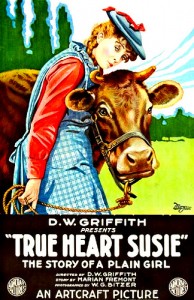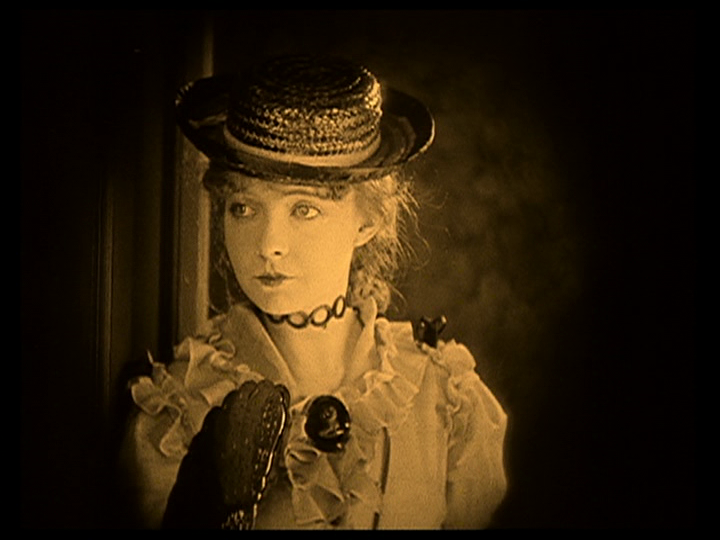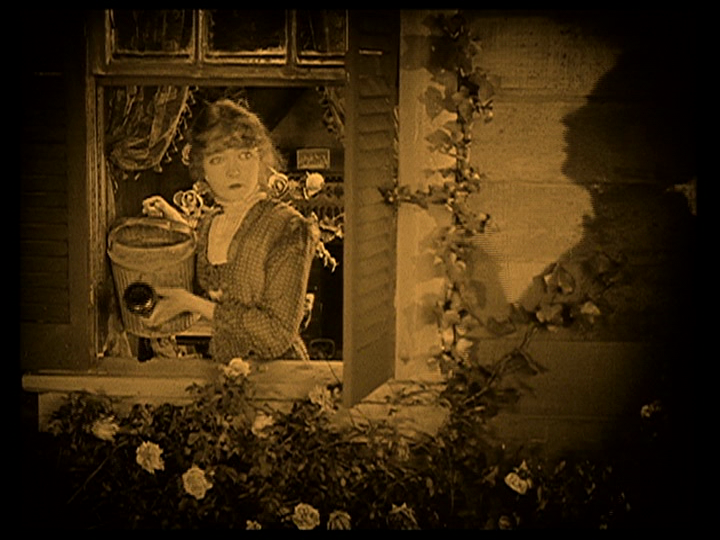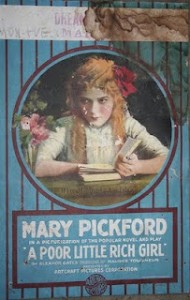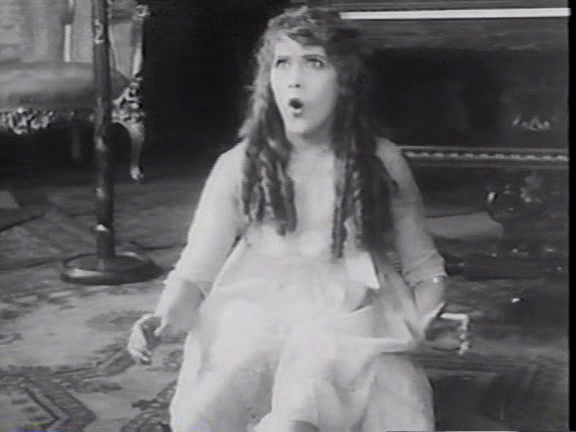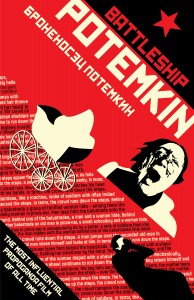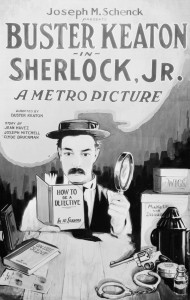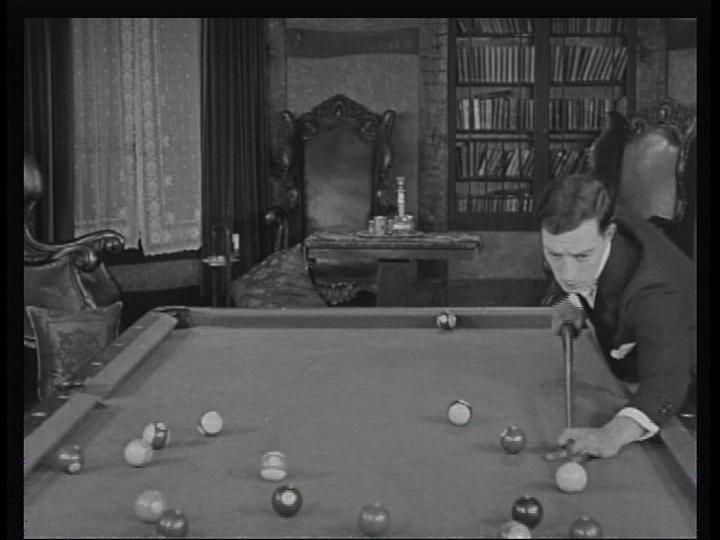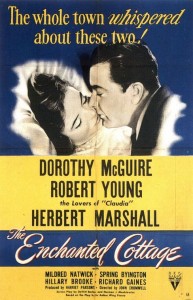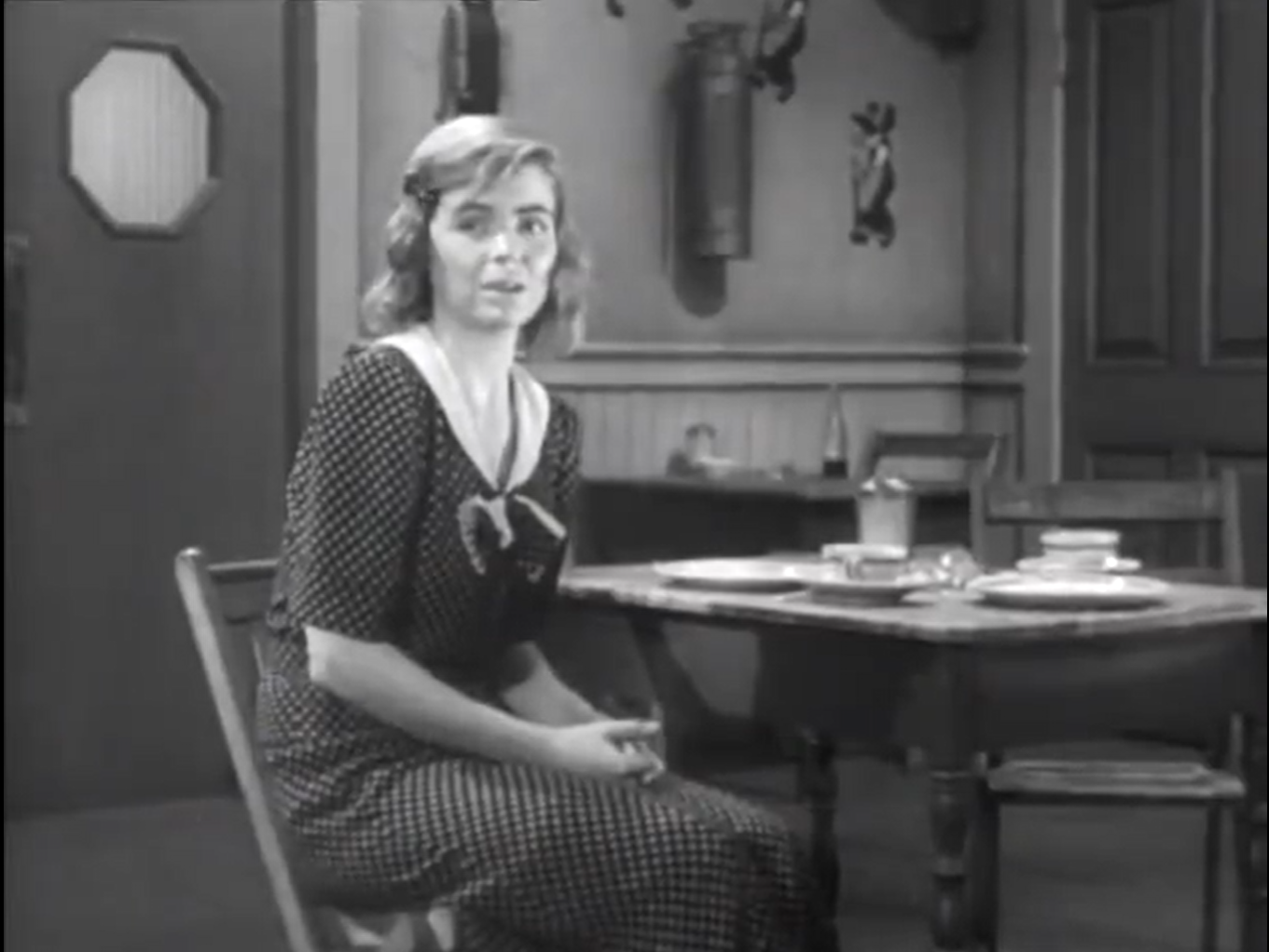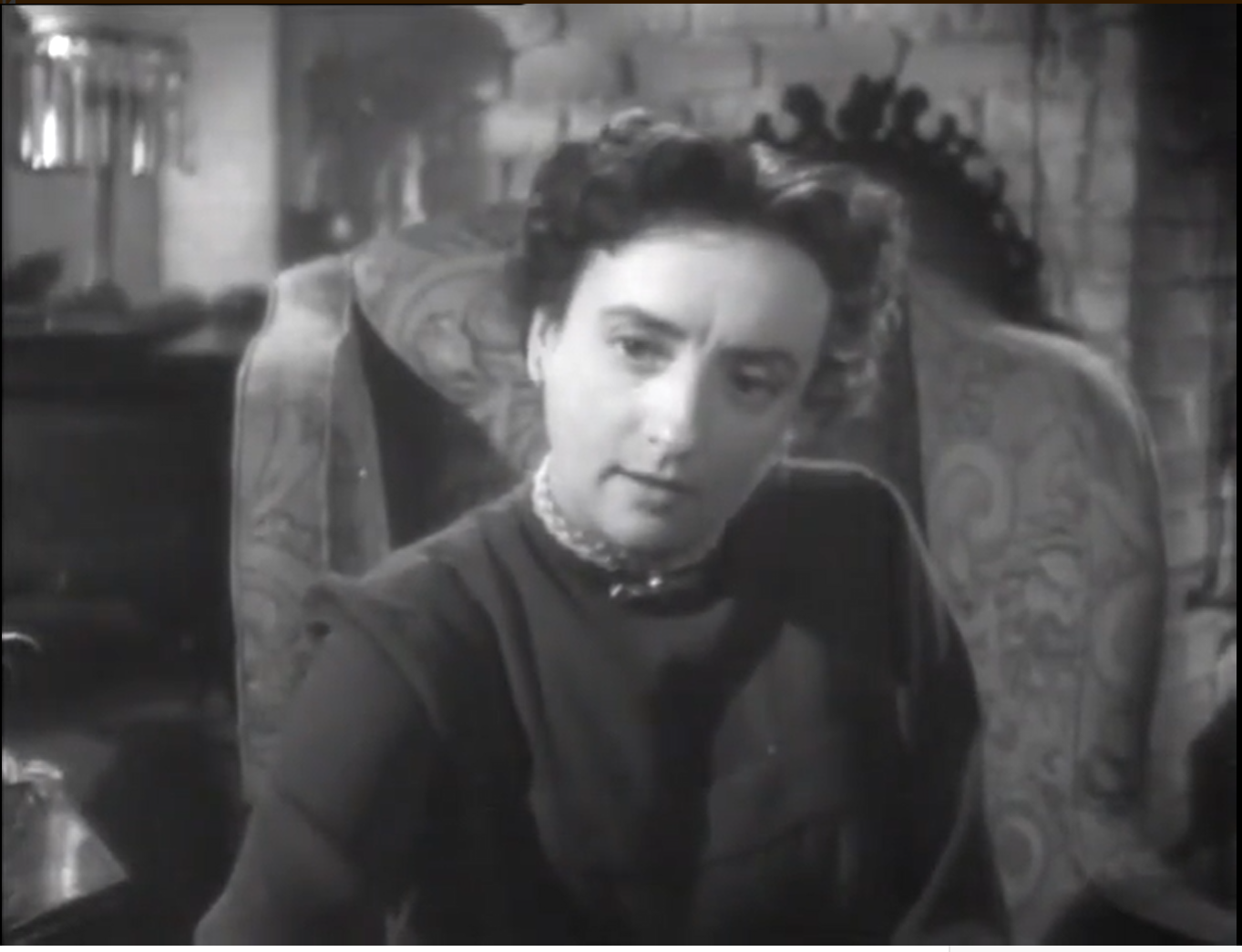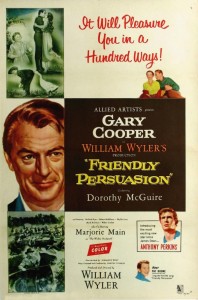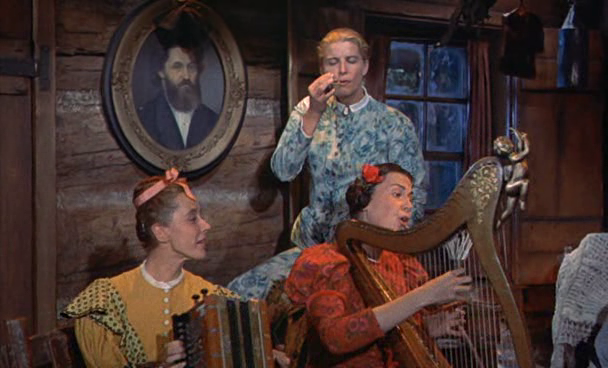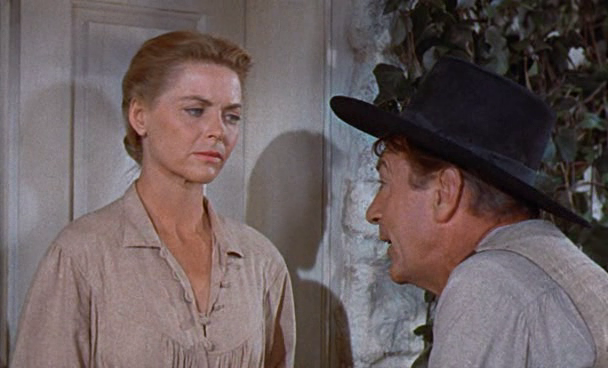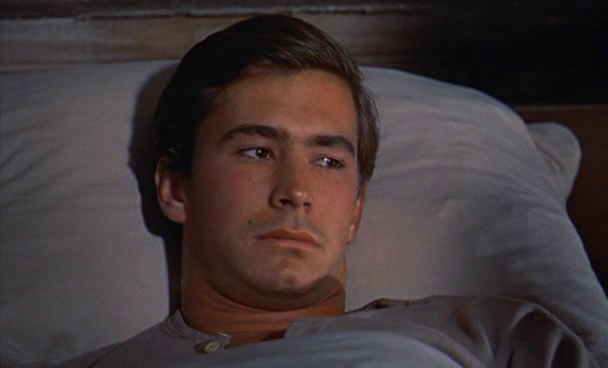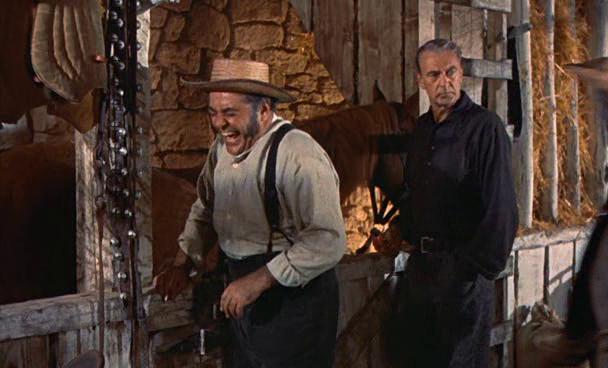|
Genres, Themes, Actors, and Directors:
- Historical Drama
- Mutiny
- Revolutionaries
- Russian Films
- Sailors
- Sergei Eisenstein Films
- Silent Films
Response to Peary’s Review:
Peary begins his review of Sergei Eisenstein’s Battleship Potemkin by pointing out that it was “probably the first or second film you saw in your Introduction to Film course” (that’s certainly true for me!). He goes on to concede that since at the time you likely “knew little about 20th-century Russian history and the importance of the film in that history or cared [much] about the importance of ‘montage’ in film history, you probably fell asleep” (or, like me, simply didn’t understand what all the fuss was about). But he argues that “if you see it again… then you’ll understand why critics and devoted filmgoers regard it as one of the greatest pictures of all time”. Indeed, though I’ve seen certain sections (most notably, of course, “The Odessa Steps”) several times in different contexts, I only recently revisited the film again as a complete narrative, and — with years of film appreciation and viewing now under my belt — I’ll admit I was duly impressed.
As Peary notes, this “first non-documentary about a political action/historical event proved not only that a cleverly edited series of images could draw viewers into the film’s action and stimulate the emotions but also that the juxtaposition of two images — one of a character, the other of a symbolic object/prop — was a valuable propaganda device because it forced viewers to deduce that the symbol relates to the character”. Peary points out that in the remarkably effective opening section of the film (the first of five), “Eisenstein builds tension by cutting back and forth between armed guards and helpless sailors”. In the film’s most celebrated (third) section — in which “the Czar’s forces march down the ‘Odessa Steps’ and massacre men, women, and children in their path” — Eisenstein similarly “builds tension and creates terror by cutting back and forth between marching faceless soldiers and their victims (whose scared faces are shown in close-ups).” (Indeed, this sequence is so relentlessly devastating that virgin viewers deserve a few words of forewarning — and if you haven’t seen it in a while, get ready to feel your stomach in your throat.)
Peary further points out that during the Odessa Steps sequence, “time stands still, so what would take place in seconds goes on and on — [the] camera pans down the steps, moves back to where the soldiers are, and we start over again”. He notes that “there’s an odd rhythm to the sequence, so that we feel things are going fast (too fast for the victims to think clearly) but simultaneously feel that the cruelty will never stop”; he then makes a potent connection between ‘The Odessa Steps’ and the most famous horror movie sequence of all time — the shower scene in Hitchcock’s Psycho. He concludes his review by noting simply that Potemkin (which circulated in various states of disrepair and politically strategic editing for decades, and was recently restored) is “certainly as influential as The Birth of a Nation and Citizen Kane.” It’s a film which, despite its seemingly distant and foreign subject matter, bears multiple viewings, simply for its overall cinematic impact.
Redeeming Qualities and Moments:
- The opening mutiny sequence


- The truly devastating, infamous Odessa Steps sequence

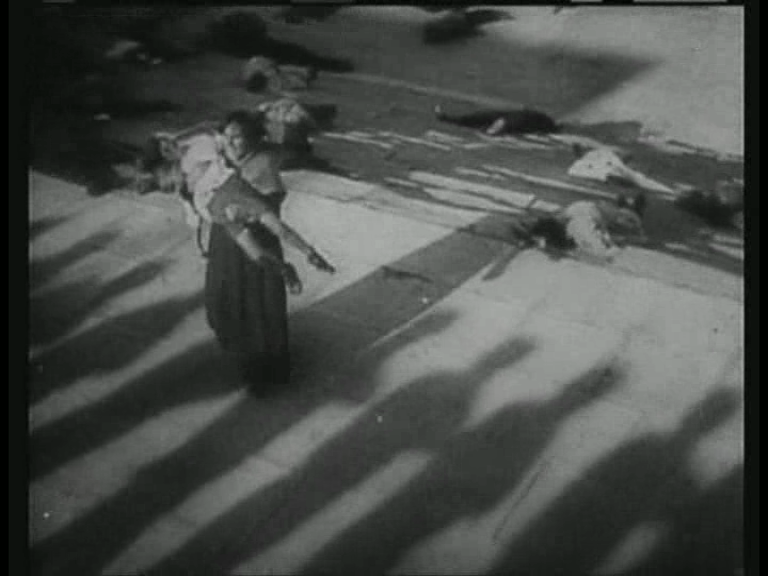
- Countless memorable images (highlighted through Eisenstein’s incomparable use of montage)
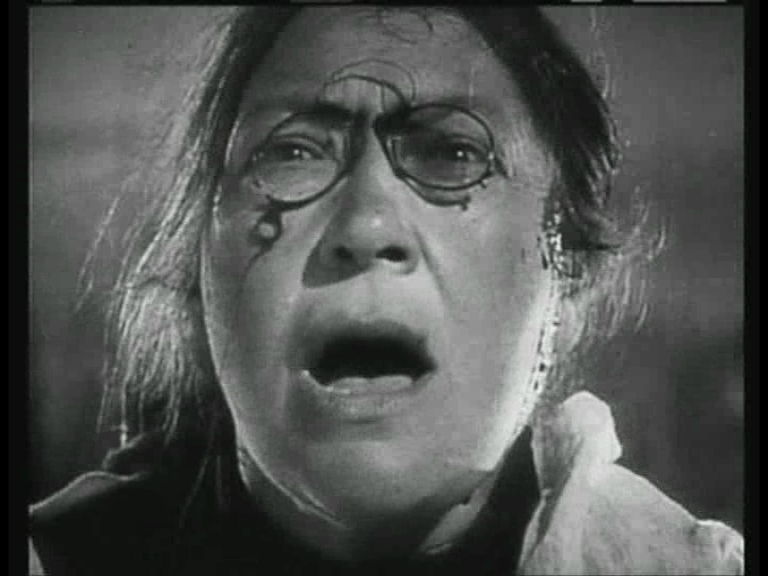
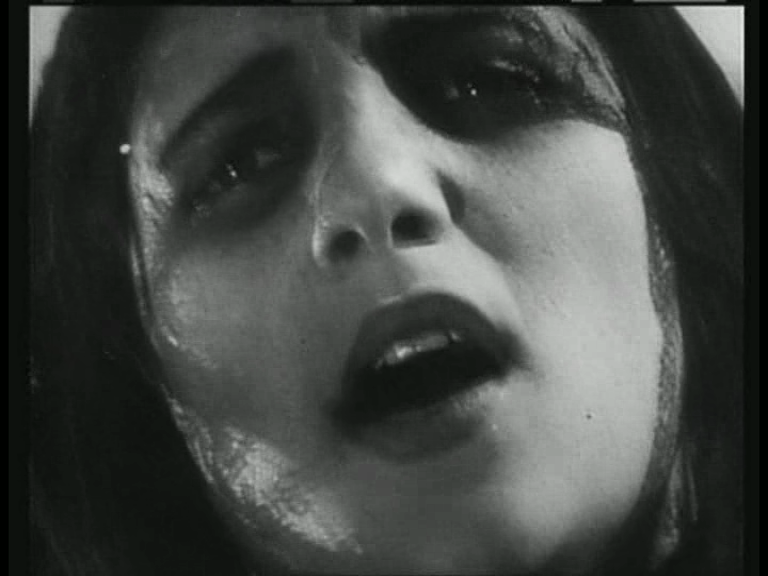
Must See?
Of course; this one is a no-brainer must-see, at least once.
Categories
- Genuine Classic
- Historically Relevant
- Important Director
(Listed in 1001 Movies You Must See Before You Die)
Links:
|
